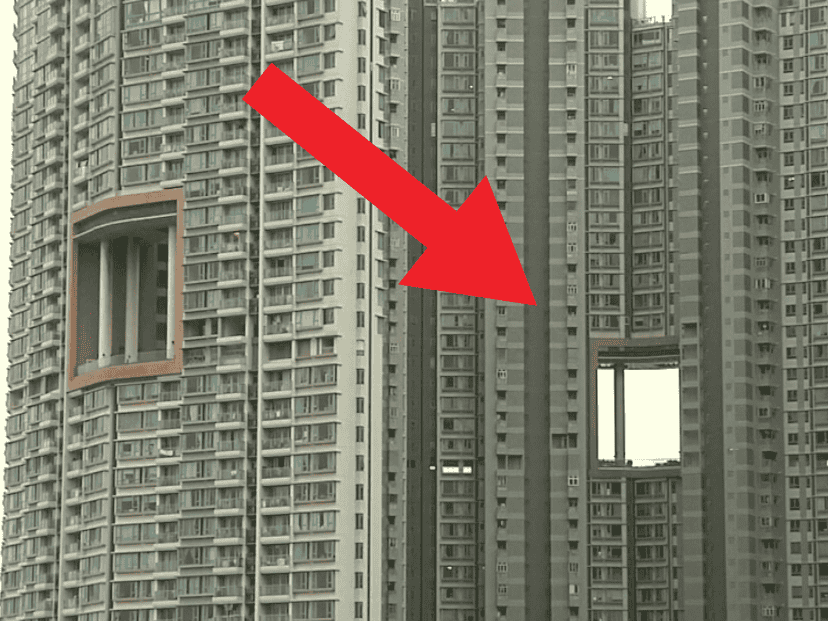It’s 2017, and one would think the majority of the world is ready to break the shackles of cultural and religious mythology in the face of the “miracles” of modern science that are predictable, repeatable and have revolutionized the way of our life. But sadly the myths and baseless folklores seem to be going nowhere, with the massive holes in one of the most modernized regions of the world being a prime example.
If you have visited Hong Kong, the first thing you would notice are the gaping holes in their skyscrapers! The holes are called dragon gates, which are based on an ancient Chinese principle known as feng shui (pronounced fung shway). According to folklore, these holes are meant to allow dragons to fly from the mountains to the water. Yes, you read that right, actual holes built inside the structures for “dragons” that probably never existed!
The Chinese mythology holds dragons in very high regard, and believe that blocking the dragon’s path can lead to misfortune. So much so that buildings like the Bank of China Tower’s “bad” feng shui was blamed for surrounding companies going out of business.
Bank of China Tower/ Credits: wikimediaFeng shui is based on the principle of balancing physical environment to promote harmony and well-being, which involves everything from a home’s surroundings to its furnishings and decor. The feng shui practitioners earn millions in these regions by channeling a certain energy, or “chi,” of the objects by the way they are arranged, and seeking balance (between yin and yang) in the face of constant change.
As for this Hong Kong, not angering incoming dragons from the mountains is the way to do that!
Maybe King’s Landing can take a cue from this!

